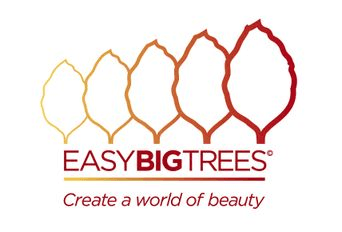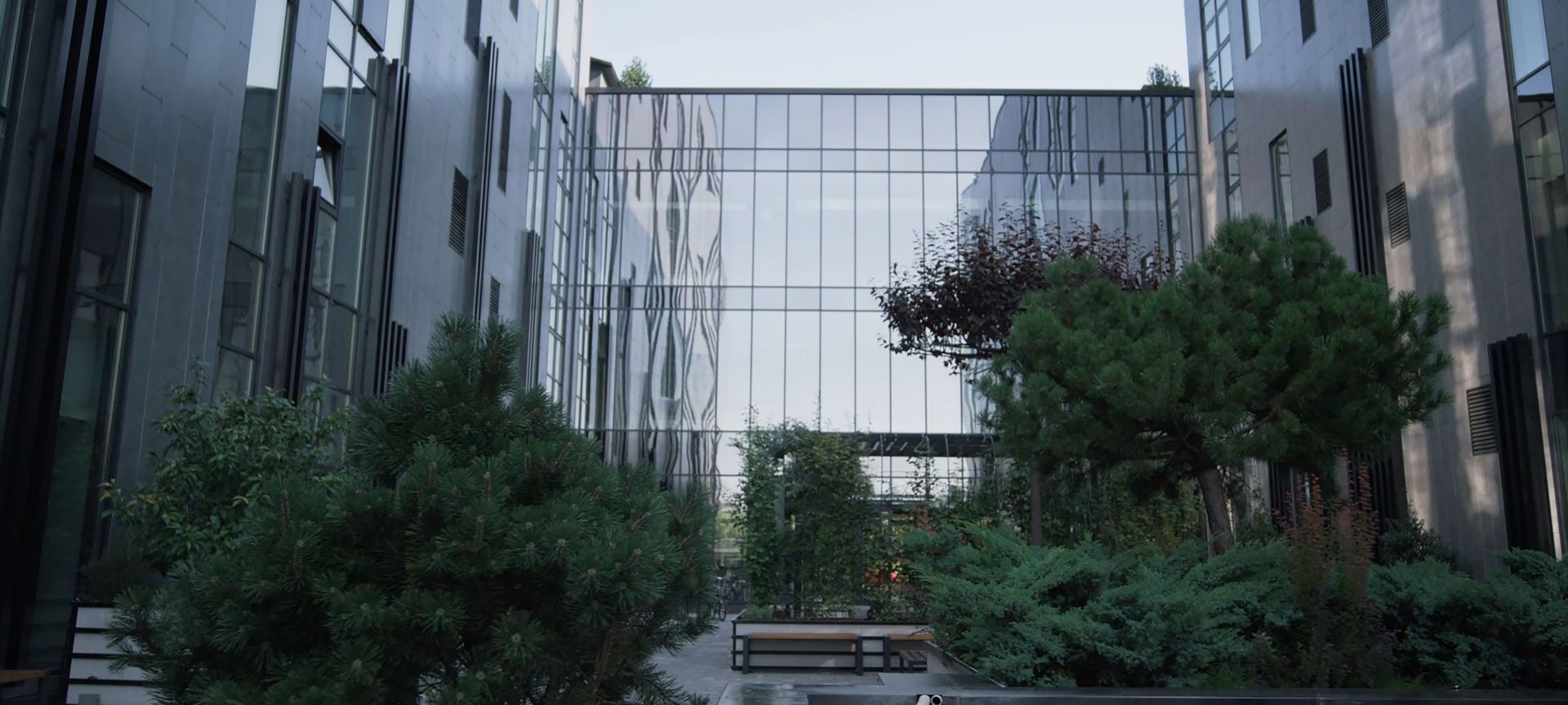As our cities grow and evolve, the need for sustainable, healthy urban environments becomes increasingly important, underscoring the importance of trees in creating liveable, vibrant spaces. The inclusion of trees in urban landscapes is one of the most cost-effective and impactful ways to address the challenges of urban living. From environmental benefits like reducing carbon emissions and stormwater runoff to social advantages such as crime reduction and improved health outcomes, the presence of trees enriches our cities in many ways.
Let’s explore five tree species that can help transform urban landscapes, bringing a wealth of environmental, social, and economic benefits to cities.
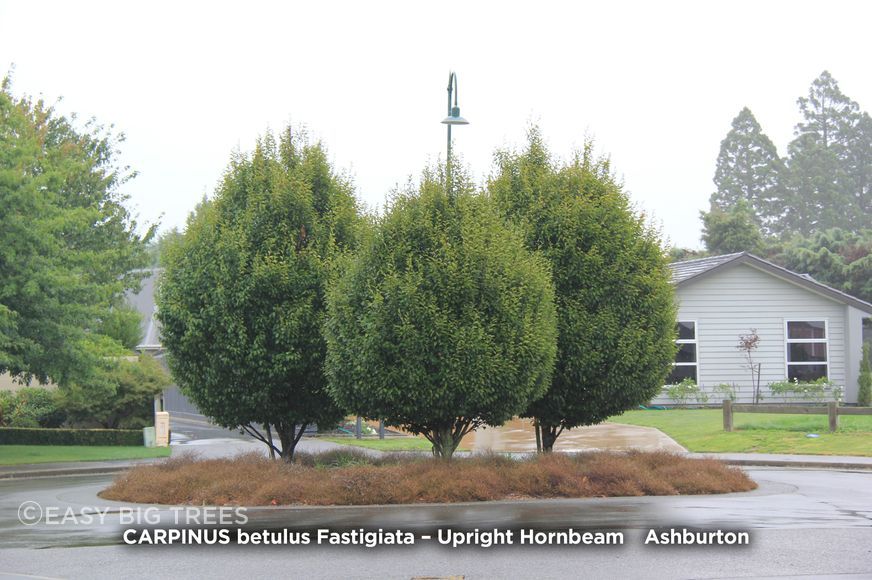
Fraxinus excelsior ‘Green Glow’ – Select English Ash
With its upright, columnar shape, it is an ideal tree for urban spaces where space is limited but greenery is needed. This hardy species is particularly well-suited to urban environments. The Hornbeam provides year-round visual interest with its beautiful bark and vibrant Autumn foliage.
Pyrus calleryana Aristocrat – Ornamental Pear
An ornamental pear tree known for its symmetrical shape and stunning seasonal changes. In Spring, it produces lovely white blossoms, while in Autumn, its vibrant foliage adds striking colour to the urban landscape. This tree also contributes to biodiversity, attracting beneficial pollinators like bees and butterflies.
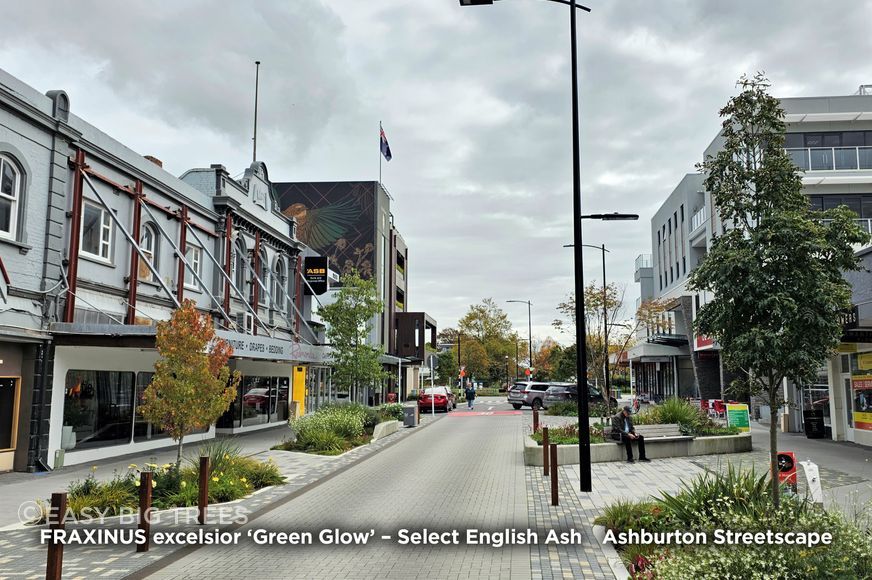

Pyrus calleryana Aristocrat – Ornamental Pear
An ornamental pear tree known for its symmetrical shape and stunning seasonal changes. In Spring, it produces lovely white blossoms, while in Autumn, its vibrant foliage adds striking colour to the urban landscape. This tree also contributes to biodiversity, attracting beneficial pollinators like bees and butterflies.
Ulmus hollandica ‘Lobel’ – Upright Elm
An exceptionally resilient tree that can thrive in various urban settings. Its graceful, vase-shaped canopy provides ample shade.
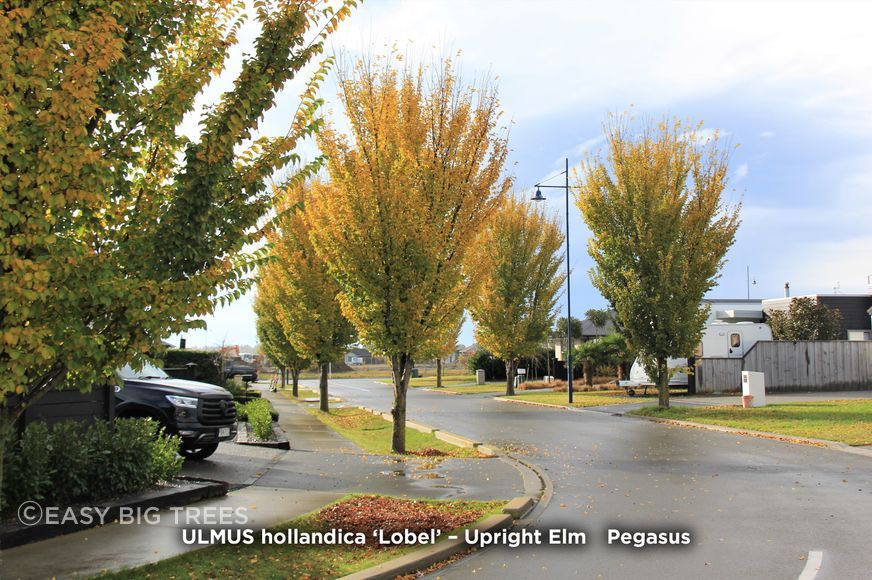
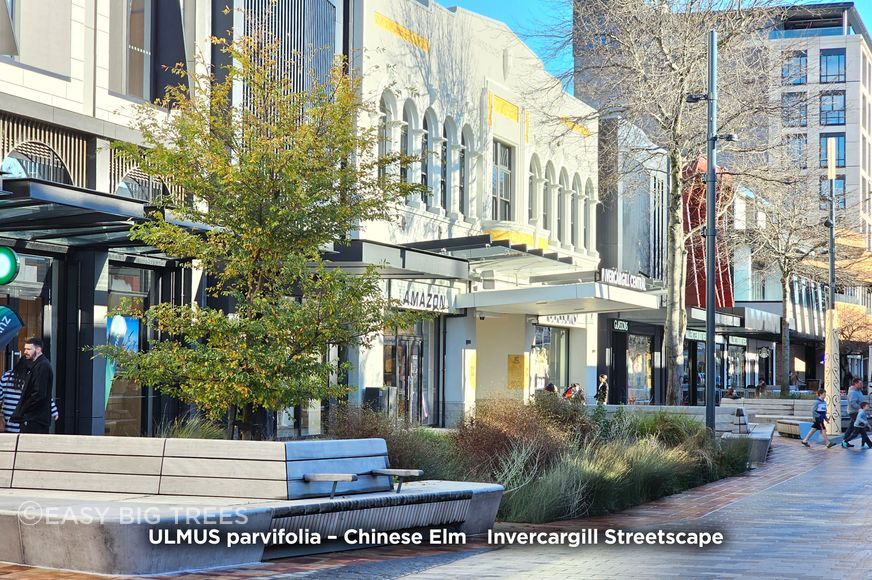
Ulmus parvifolia – Chinese Elm
An adaptable, fast-growing tree that flourishes in cities. Its small, glossy leaves and attractive, mottled bark make it a visually appealing addition to any urban environment. This species thrives in a wide range of conditions, from compact urban spaces to large city environments.
